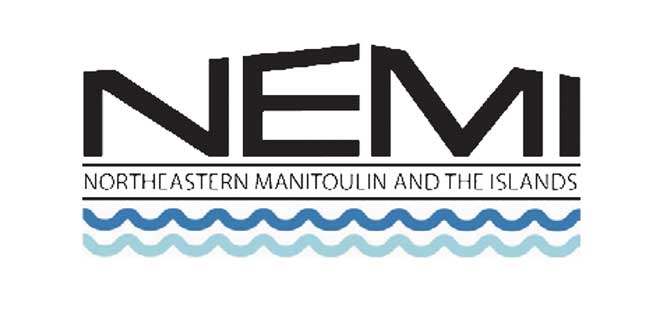LAKE HURON—There has been much hype in the media of late of the potential for rebounding water levels in Lake Huron and Michigan thanks to a record winter for snowfall and ice cover, but the real proof will be in the spring, says Chuck Southam of Environment Canada.
Water level numbers are all relative, Mr. Southam noted, telling The Expositor that Lake Huron’s current level is actually two centimeters lower than it was in March 2012—the year that, later on, saw the massive seasonal decline and record lows in December 2012 and January 2013.
A dry spring could see water levels at least as high as last year while a very wet spring, or one with as big of a seasonal rise as last year, could see Lake Huron’s levels move close to the average.
The levels chart from February 2012 has Lake Huron one centimetre higher than February of this year, Mr. Southam further noted.
“It’s too early to say what the seasonal rise will be like,” Mr. Southam said, emphasizing his cautious nature. But reports that Lakes Huron and Michigan will rise up to 36 centimetres may not be true, he said, as not all this snow will result in runoff directly impacting the Great Lakes. The best option is for rain to melt the snow, which would lead to runoff, he added.
“I am more optimistic that water levels will likely be higher than last year,” Mr. Southam said, but not as optimistic as some news agencies are leading us to believe.
Cooler waters due to ice cover will mean less evaporation this spring, but this, he said, is not the key factor in seeing a rise in levels. “The most important thing is how much runoff and rain we will see this spring,” he reiterated.
“If the snow sublimates (the conversion of snow to vapor without the intermediate liquid stage), it won’t help the rise,” Mr. Southam said flatly.
The water levels expert encourages Islanders to watch the snow in their backyards or driveways to determine whether it’s runoff or sublimation.
However, he laughed, “I’m definitely happier and more optimistic than I was at this time last year.”
“It’s just a matter of wait and see.”
“The act of jumping up and down and getting excited is not a very useful approach,” said Colin Dobell, founder and executive director of Stop the Drop, a non-profit campaign to raise the profile of low water level issues in the Great Lakes, who explains that people would be setting themselves up for a ‘Chicken Little’-like scenario.
“If you use the long term (lake levels) average, at this moment we’re below by 33 centimetres,” he added. “It’s important to be happy and see this as an improvement, but we’re still 33 centimetres below average at a time when every other Great Lake is at or above its long term average.”
Mr. Dobell said a balanced approach is necessary when dealing with Great Lakes water levels. “Where we can absolutely stand firm is that the increase in climate change is causing a huge amount of volatility.”
It is this volatility that caused some Georgian Bay municipalities to shell out $26 million in shoreline improvements such as dredging and the same municipalities also had to deal with flooded roads when the April rains came last spring.
Mr. Dobell said we should be concerned about our lack of resiliency when dealing with volatility. “From that viewpoint, the International Joint Commission’s recommendations make a lot of sense,” he said, adding that Canadians need to find a balance between instituting tools (for example, underwater sills or ‘speed bumps’ such has been suggested for the St. Clair River to slow down the outflow from Lake Huron into Lake Erie) and adaptive management.
Currently, Mr. Dobell explained, Carling Township north of Parry Sound is working with Stop the Drop on its own adaptive management plan that will see a digital model created of its shoreline, from underwater to above shore, using lidar technology.
Once the lidar information is collected, software will be used to create and develop different scenarios of decreased water levels by visualizing the potential shorelines of the future. Stakeholders can then see what’s vulnerable and the best plan of action to locally mitigate the problem.
Over the fall and winter months, Stop the Drop has been working in the background, urging its members to contact their local MPs, asking them why they aren’t being proactive on pushing for government support of the IJC’s recommendations. (Locally, the IJC’s recommendations have been called a “do nothing plan.”) Mr. Dobell has also been offering to meet with MPs to explain the situation to them, should they require further information. In fact, on Monday Mr. Dobell had met with the MPs for Stratford and Brampton and had met with nine MPs the week before.
This month, there will be a continued push for constituents to call their MPs to continue asking the question of what is to be done about Great Lakes water levels.
“We have to be careful, though; we are not a lobby group, but an education and resource group,” Mr. Dobell said.
For more information on Stop the Drop, visit stopthedrop.ca.




